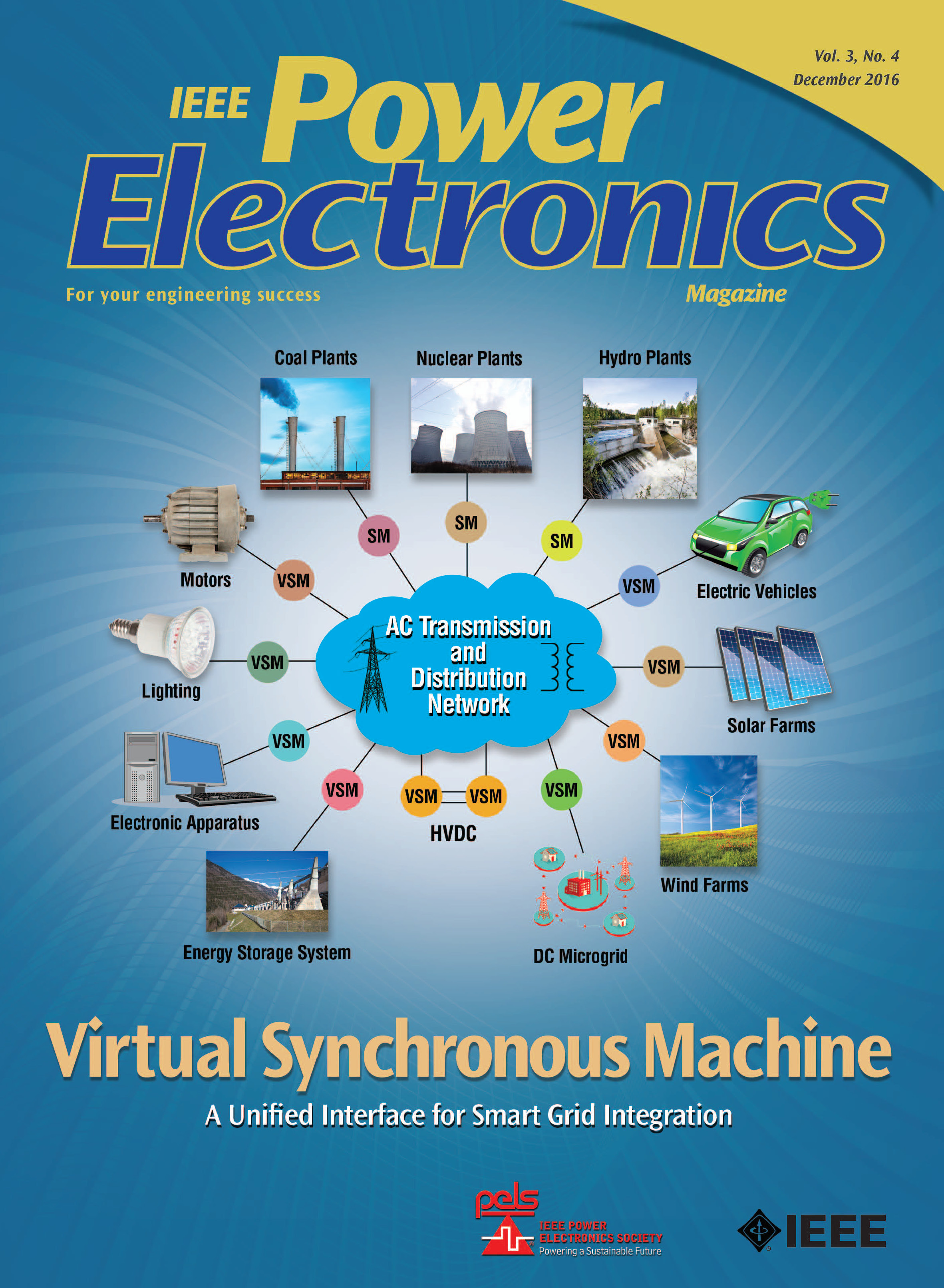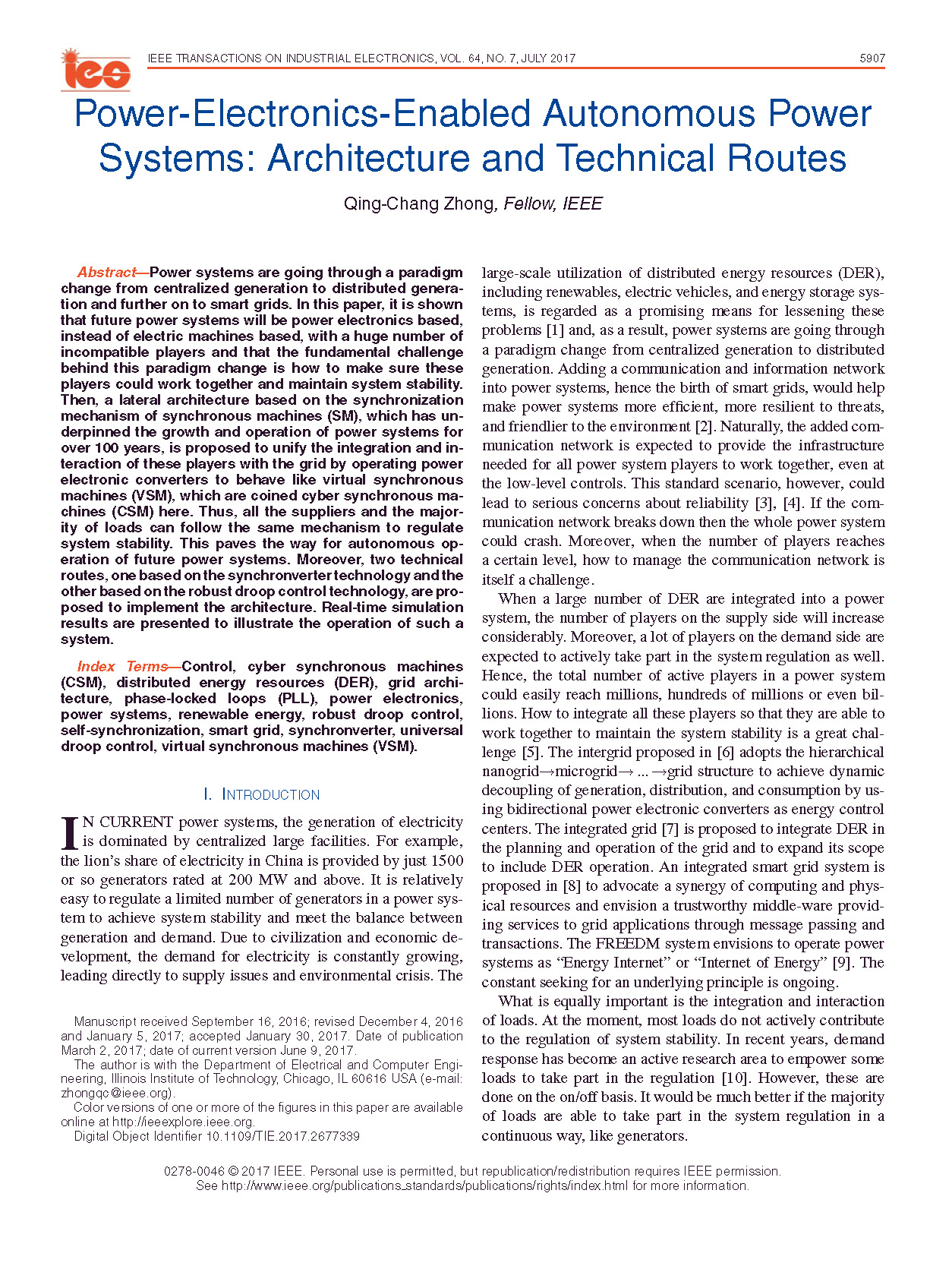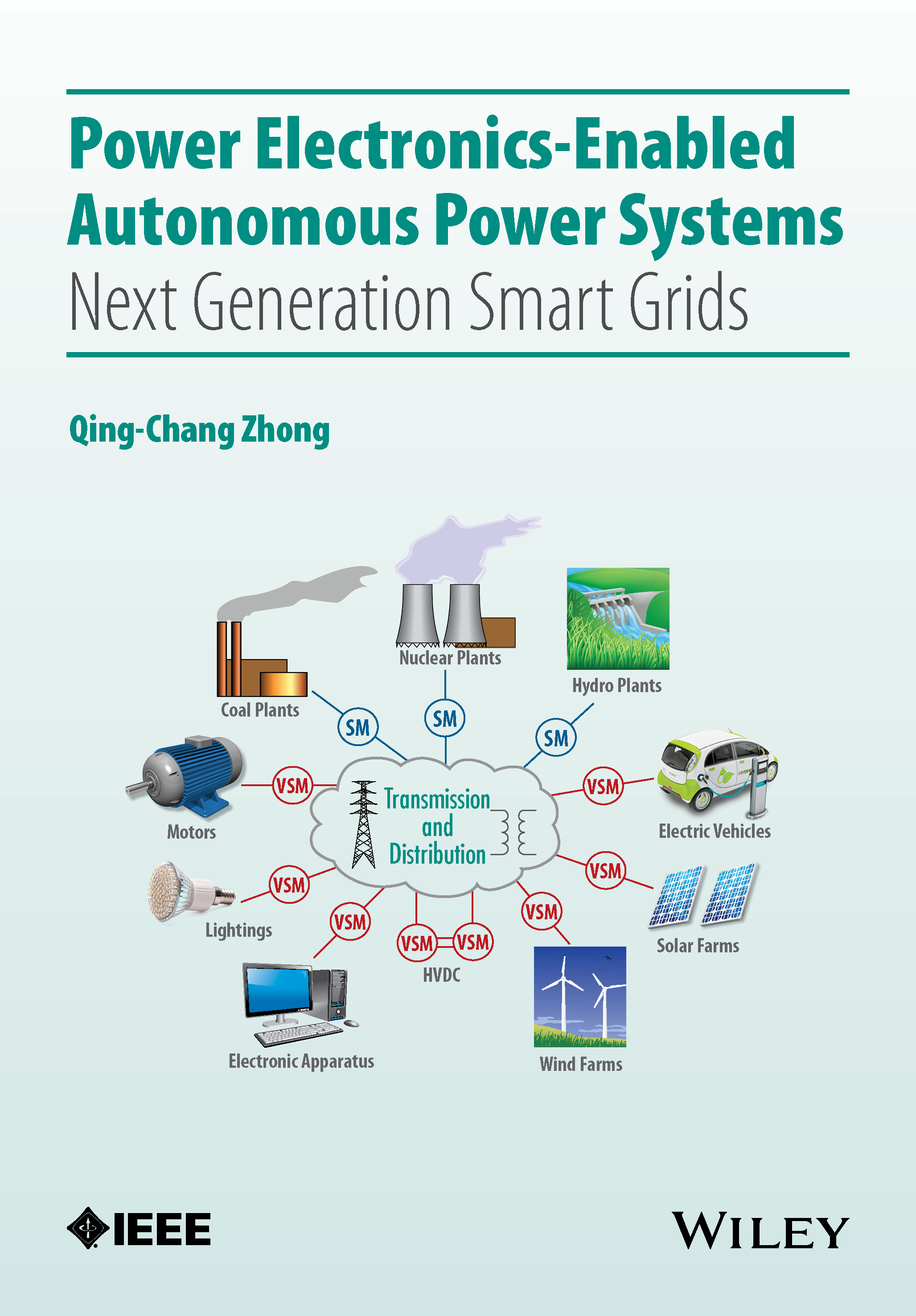SYNDEM Fundamentals
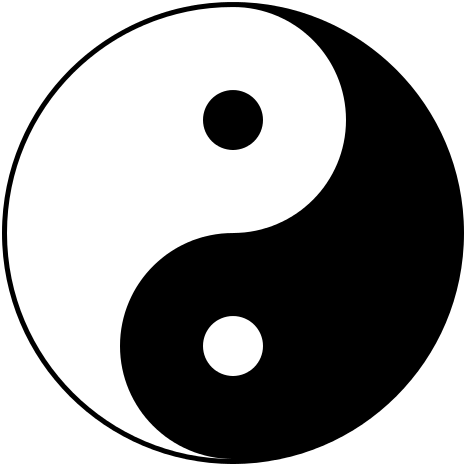
The principle of synchronization and
democratization (SYNDEM) is inspired by and has a
deep root in the Chinese classic philosophical
text Tao
Te Ching. Written by Lao
Tzu some 2,500 years ago, it is believed to
be the second most translated work in the world
after Bible. It is a fundamental text for both
philosophical and religious Taoism,
with strong influences on other schools, such as Legalism,
Confucianism,
and Chinese
Buddhism. It describes the Tao (principles)
of nature and Te (virtue) of human being, with
emphases on
1) The harmony between nature and human being
2) The criticality of following natural
principles. An artificial solution may work for a
short period but in the long run it could be
disastrous if it does not follow natural
principles.
3) Everything is nothing and nothing is
everything. If natural principles are not
followed, whatever developed by human being may
get destroyed. "When natural principles are
followed, even if there is nothing, one would
appear. Then, one generates two; two generates
three and three generates many."
4) Simplicity and minimum-action. "Managing
a country is like cooking a small dish." Not much
needs to be done. Complex solutions do not work. A
solution for a challenging problem has to be
simple and scalable.
The deep root of SYNDEM smart grids in Tao Te
Ching is evidenced by the following:
1) the new add-ons of renewable energy
sources and flexible loads are harmonized to
behave in the same way as conventional power
plants
2) the natural principle of synchronization
is followed by all players in SYNDEM smart grids
3) a SYNDEM grid can work with one, two,
three or millions of active players, and when
needed a large power system can decompose into
small regional grids or even microgrids in
residential homes. It is extremely scalable.
4) managing a SYNDEM grid becomes very easy
because all suppliers and loads in a grid can
autonomously take part in the regulation of the
grid. In other words, a SYNDEM grid manages itself
with minimum intervention of human being.
The concept of SYNDEM smart grids also has a deep
root in Chinese history. China was highly
democratized during the Spring and Autumn period
(approximately 771 to 476 BC) but filled with
chaos and bloody wars. In 221 BC, Emperor Qin
(Chin) united China by unifying Chinese
characters, currency, trade (weights and
measures), and communication (transportation).
This has laid a structurally-stable foundation for
China for many years to come, demonstrating the
power of harmonization and unification. What we
need for future power systems is a
structurally-stable foundation that enables its
natural growth. This is exactly what a SYNDEM
smart grid intrinsically has.
Our vision is to Make Our Planet Sustainable with SYNDEM Smart Grids.
The theoretical framework of SYNDEM smart grids
is described in some presentations/papers/books
and the most important ones are listed below.
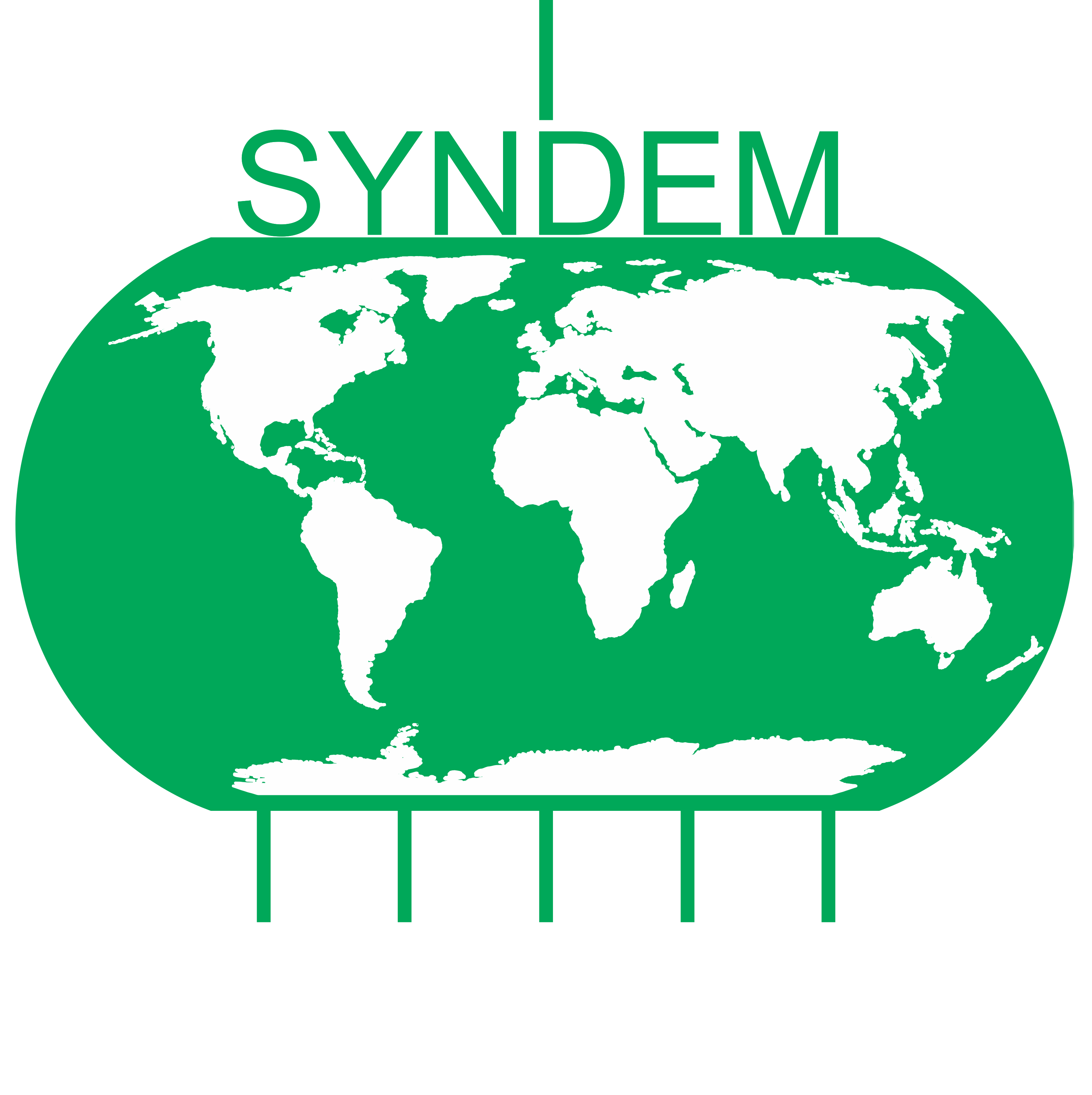 Making power systems worldwide stable,
reliable, secure, and
sustainable.
Making power systems worldwide stable,
reliable, secure, and
sustainable. 
